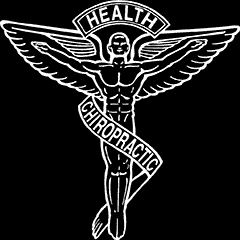The cold and flu are caused by viruses, so contrary to popular belief, antibiotics will have no effect on these. You recover from these illnesses as your body responds to the presence of these viruses and creates an immune response that destroys them. Many research studies have found that Elderberry, an herb, can help you recover from the flu and cold viruses quicker.
found that Elderberry, an herb, can help you recover from the flu and cold viruses quicker.
Viruses function by penetrating the cells of your own body and replicating inside your cells. Viral genetic information is replicated so much inside your cells that the cell bursts, and then all of the viruses can go and infect other cells. This process repeats itself many times and the virus continues to grow inside your body.
The reason that antibiotics are ineffective against viruses is that viruses tend to live inside your cells, and therefore the antibiotics just can’t reach them. The way that antibiotics function is that they target the structure inside bacteria that provides energy for the bacteria, and this structure is different than human cells, so antibiotics are ineffective at truly dealing with the virus. However, when the virus is released from your ruptured cell, the antibodies produced by your body can neutralize the viral particles and prevent them from infecting other cells.
When you are ill (due to any cause, but in this example by a virus), the cells in your body release certain chemicals called cytokines that help to the body create an immune response to whatever foreign object is causing your illness. Elderberry helps your body to respond to the flu and cold viruses quicker by stimulating a quicker and enhanced release of these chemical signals. Elderberry specifically was found to stimulate interleukin-1 beta, interleukin-6, interleukin-8, interleukin-10, and tumor necrosis factor alpha. Patients who took elderberry were also found to have a higher level of antibodies (produced by their own body) circulating in their body.
Studies have found that patients who take elderberry when infected with influenza say symptoms relieved an average of 4 days earlier than the control group, and also able to take much less medication to help them cover their symptoms. Elderberry has also been implicated to be useful for the immuno-compromised (such as AIDS and cancer patients) to help them develop a stronger immune response than they otherwise would be able to do.
So next time you get the flu and cold, don’t forget to go to your local health foods store, nutritional store, or even wal-mart and get Elderberry to help you get over it quicker!
Sources:
1) Randomized study of the efficacy and safety of oral elderberry extract in the treatment of influenze A nad B virus infections. J Int Med Res. 2004 Mar-Apr;32(2):132-40
2) The effect of herbal remedies on the production of human inflammatory and anti-inflammatory cytokines. Isr Med Assoc J. 2002 Nov;4(11 suppl):919-22
3) Inhibition of several strains of influenza virus in vitro and reduction of symptoms by an elderberry extract (Sambucus nigra L.) during and outbreak of influenza B Panama. J Altern Complement Med. 195 Winter;1(4):361-9
4) Elderberry: cold and flu viral warrior. Alive: Canadian Journal of Health and Nutrition; Nov2003 Issue 253, p132, 2p, 3c
5) Sambucus nigra (elderberry). Alternative Medicine Review, Mar2005, Vol. 10 Issue 1, p51-55, 5p, 2c
